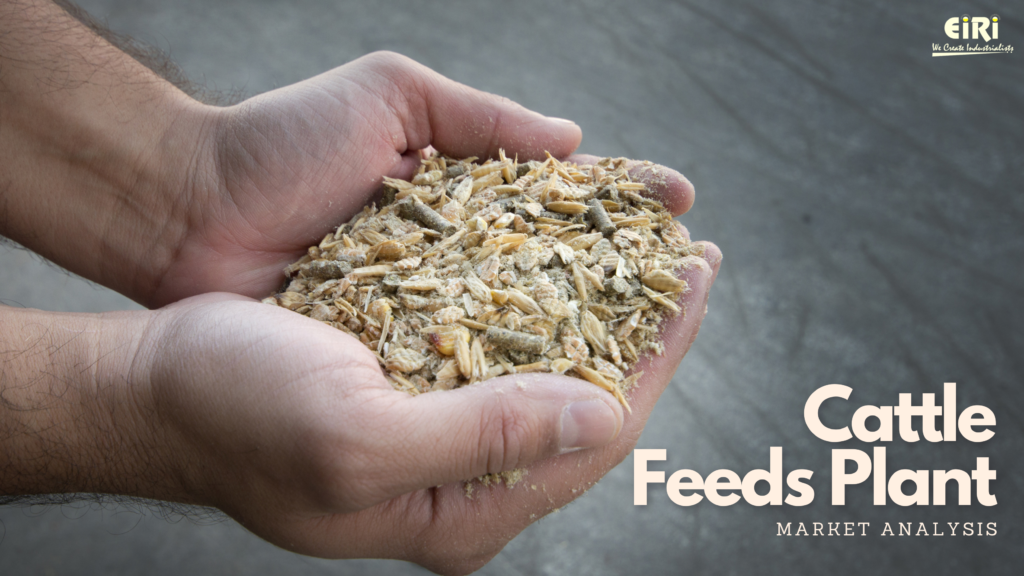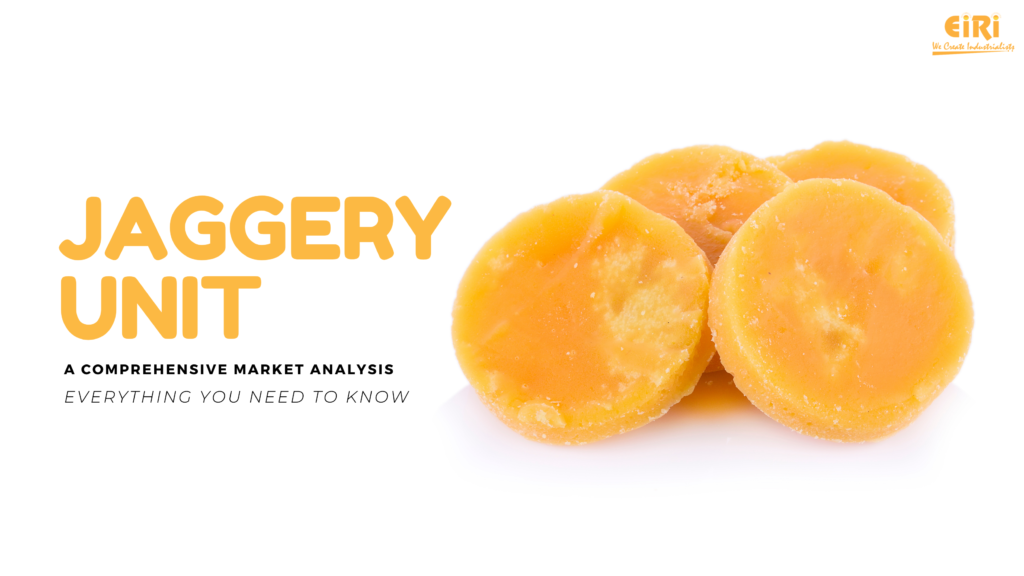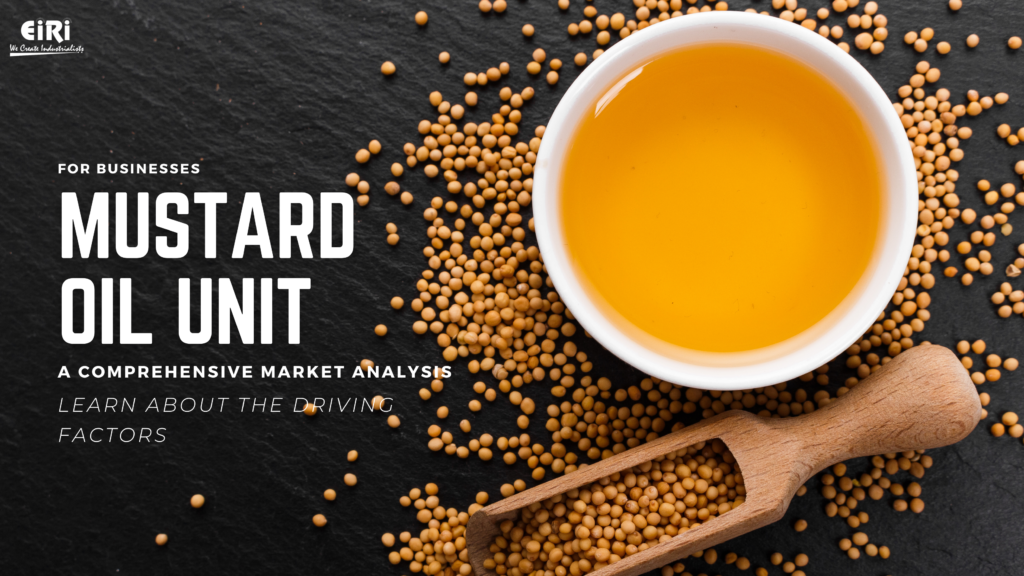PP Woven Sacks Manufacturing Cap:10 Million Bags Per Annum
PP woven sacks are becoming popular through out the world. This is because they are chemically inert & are water repellent & lighter in weight. They are free & possess sufficient strength & can easily be handled. They are competitive in price with other type of bags also. Air permissible sacks made of polythene strips are used for packing potatoes, coconut etc. The only problem is that the Conventional using of hooks to lift cannot be used with PP bags.
- Detailed Project Report (DPR) on non-woven carry/shopping bags
- Detailed Project Report (DPR) on hdpe/pp woven sacks (bags)
- Detailed Project Report (DPR) on hdpe/pp woven bags for cement industry
The demand for polypropylene bags and sacks from the cement industry has increased significantly in the last few years, due to increase in urbanization and growth in the industrial sector. Multinational companies are eyeing the Middle East region in anticipation of increased demand from the building & construction industry. The cement industry in Saudi Arabia is expected to grow at an annual average rate of the 10-12%, during 2014-2020. Steady increase in the cement industry will increase the demand for its packaging, and in turn, polypropylene woven bags and sacks. Polypropylene woven bags & sacks offer optimum strength and good material handling during transportation and shipping. They are highly preferred for cement packaging. In recent years, it has been noticed that the number of polypropylene woven bags & sacks manufacturers for industrial applications has increased dramatically.
Today, the global plastic packaging market mainly comprises of packaging for food and beverages accounting for nearly 70% of all polymers processed, while the rest 30% is required to fulfill the bulk packaging needs of products like chemicals & fertilizers, cosmetics and toiletries as well as medical/pharmaceutical products.
Gujarat houses more than 2750 small and medium woven sacks units, contributing to around 55 per cent of all India production of woven sacks, Mahavir Khatang, president, Gujarat State Plastic Manufacturers Association (GSPMA) informed. The JPMA of 1987 makes packaging of foodgrains and sugar compulsory in jute bags. The Act had come in to provide some temporary relief to the ailing jute industry. Initially, even cement and fertilizer were to be packed in jute bags. These two commodities, however, were later taken out of the JPMA’s ambit. Subsequently, the Act was also relaxed from time to time to allow partial packaging in polymer. Currently, around 10-15 per cent of foodgrain can be packed in polymer.
At present, around a million tonne of jute sacks are needed to pack foodgrain and another 200,000 tonnes of jute sacks are required for packing sugar. State based HDPE (High-density polyethylene) and PP ( Polypropylene ) bag makers claimed that the jute industry does not have sufficient capacity to provide packaging material for such a huge requirement.
These bags are expected to substitute jute and craft paper bags in several areas. This would mean a considerable saving in foreign exchanges by avoiding recurring imports of multiwall paper which are at the order of Rs. 5 million per annum on one hand and on the other hand lead to an increase in foreign exchange earning in the country by releasing more jute for exports.
Apart from Gujarat, states like Punjab, Haryana and Uttar Pradesh are among the major manufacturers of woven sacks. Gujarat alone,however, contributes around 55 per cent of the total production. Major belts that house woven sacks manufacturers in the state include Ahmedabad, Saurashtra, Vadodara, Halol,Bhavnagar and Vapi.
These bags are free and posses sufficient strength and can easily be printed. These are competitive in price with other available type of bags for this purpose.
EIRI have recently prepared a Detailed Project Report on this unit covering all the following contents, Entrepreneurs may contact at: eiri@eiriindia.org or Call at: +91 9811437895 for more details.
COST ESTIMATION
Plant Capacity : 10.00 MILLION PP WOVEN BAG/day
land & Building (2000 Sq.Mtrs) : Rs. 3.18 Cr
Plant & Machinery : Rs. 4.15 Cr
Working Capital for 2 Months : Rs. 1.74 Cr
Total Capital Investment : Rs. 9.37 Cr
Rate of Return : 16%
Break Even Point : 66%
Following are the Contents covering in this Detailed Project Report prepared by EIRI (eiri@eiriindia.org)
INTRODUCTION
PROPERTIES
USES AND APPLICATIONS
B.I.S. SPECIFICATIONS
TEXTILES-WOVEN SACKS FOR PACKING CEMENT- (PP)-SPECIFICATION
SAMPLING AND CRITERIA FOR CONFORMITY
METHODS OF TEST
METHOD FOR CALCULATION OF MASS OF SACKS
MARKET POSITION
PRESENT MANUFACTURERS OF WOVEN SACKS
LIST OF THE BUYERS – IMPORTANT CEMENT COMPANIES
TECHNICAL KNOW HOW
ADDITIVES USED
RAW MATERIALS
BRIEF PROCESS
MANUFACTURING PROCESS
MANUFACTURING PROCESS
PROCESS FLOW SHEET
PLANT LAYOUT OF PP WOVEN SACK MANUFACTURING PLANT
COMPLETE PLANT & MACHINERY SUPPLIERS FOR PP WOVEN SACKS
SUPPLIERS OF RAW MATERIALS
PRINCIPLES OF PLANT LAYOUT
PLANT LOCATION FACTORS
EXPLANATION OF TERMS USED IN THE PROJECT REPORT
PROJECT IMPLEMENTATION SCHEDULES
APPENDIX – A:
1. COST OF PLANT ECONOMICS
2. LAND & BUILDING
3. PLANT AND MACHINERY
4. FIXED CAPITAL INVESTMENT
5. RAW MATERIAL
6. SALARY AND WAGES
7. UTILITIES AND OVERHEADS
8. TOTAL WORKING CAPITAL
9. COST OF PRODUCTION
10. PROFITABILITY ANALYSIS
11. BREAK EVEN POINT
12. RESOURCES OF FINANCE
13. INTEREST CHART
14. DEPRECIATION CHART
15. CASH FLOW STATEMENT
16. PROJECTED BALANCE SHEET



